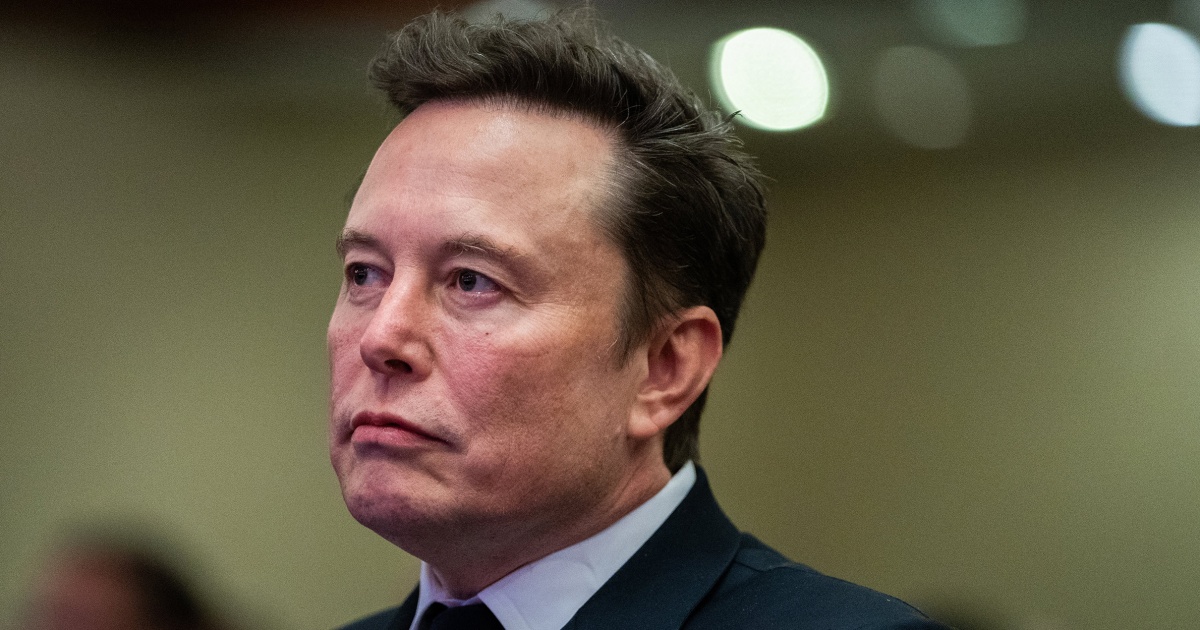Shopping
From Compressed Commerce To Post-Death Consumerism: The Future Shopper 2024

The pace of digital commerce continues to accelerate.
“Attention Shoppers: Internet Is Open.” That’s how The New York Times reported the first true online shopping purchase, in 1994 – a CD sold from one friend to another, 300 miles apart, for $12.48, plus shipping costs. Three decades on, retail e-commerce sales worldwide will top $6.3 trillion this year, and today’s shopper is unrecognizable to his or her primitive counterpart. (Not least of which because they hate shipping costs!)
A new, 8th edition of “The Future Shopper” report released this week aims to provide a snapshot of shoppers today, generations on from the birth of online shopping – their habits, preferences, expectations, and anticipations. Market research consultancy Censuswide canvassed 31,500 shoppers across 20 countries, and the subsequent report was authored by colleagues of mine in the UK. Sifting through the 102-page document, here are six of the headlines:
- Compressed Commerce is here. 31% of global consumers expect the products they have ordered online to arrive in less than two hours! But speed is not just about delivery to the Future Shopper – 63% of consumers want to get from inspiration to purchase as quickly as possible. That’s what the report calls “Compressed Commerce”, and brands and retailers need to respond by continuously streamlining the commerce experience and shortening the distance between “brand love” and “brand buy”.
- Online spending is down. According to the survey, 53% of spending is online – but that’s down from 58% last year, and 61% in 2021, during the pandemic. After years of explosive growth, digital commerce had to slow down at some point, but it’s set to bounce back and hit 60% in five years’ time. In the meantime, we are seeing a “re-normalization” of physical retailing with 64% of global consumers saying they would prefer to shop from a retailer or brand that has both a physical and online store (vs 60% in 2023). The key is – have both your online and offline bases covered.
- Shopper expectations are up. The “Future Shopper” wants it all. Price is the #1 factor – it always is – but in a challenging economic environment “value” is even more critical. Shoppers also crave “faster delivery”, “more clarity on exact times for delivery” and the ability to “deliver to me wherever I am”. But beyond hygiene factors, it may be surprising to know that shoppers are largely dissatisfied with digital commerce. 64% of respondents said that they “wished that brands and retailers would make the online shopping experience more entertaining”. That desire is not just in how they buy, but what they buy. After the turbulence of the last few years (COVID, wars, inflation), 57% of global consumers say that they are more likely to spend money on “bucket list” experiences as “life is too short”.
- Marketplaces are still the benchmark. Like online spending generally, purchase through digital marketplaces has weakened. 29% of global consumers shop via the Amazons and Alibabas of this world, down from 35% last year. That still makes marketplaces the #1 shopping destination, a percentage point ahead of physical stores (including grocery and convenience), which surged 8% in popularity over 2023. Marketplaces far outrank branded websites and retailer sites for service, price, returns, delivery and sustainable options. 35% of global consumers go to the leading marketplace in their region for inspiration, and 32% start their searches there. No wonder that retailers around the world have been racing to set up their own marketplaces.
- Social Commerce is on the tipping point. Social commerce is a way of life for shoppers throughout Asia, but worldwide, it’s on the launching pad and yet to truly lift off. Only 7% of purchases globally go through social media channels. However, 73% of shoppers claim to have bought “something” through a social media platform, and 62% intend to shop more through social media in the future. The tsunami is coming, and brands and retailers need to ride the wave of platforms like TikTok Shop.
- ‘Shopping after death’ is a thing! An intriguing question the report asks is: “do you even need to be alive to make a transaction or purchase?” A concept called “post-death consumerism” would see an AI – trained to understand a person’s financial and shopping habits while they are alive and active – carry on making purchase decisions once they are no longer here. You could imagine, for example, continuing to pay for the grandkids’ education, even after death. 47% of global consumers would be interested in “spending from beyond the grave”, rising to 74% of Thai respondents.
The world of the Future Shopper is complex – for both consumers and for brands and retailers. 58% of global consumers reported that they “sometimes feel overwhelmed” by technology and “like the idea of being liberated from it”. And for the sellers, 47% say there are too many channels to effectively sell through.
Have we come too far, too fast in the last 30 years? Perhaps, but the genie is out of the bottle. We have become addicted to the sheer magic of commerce today and the speed of change is not slowing down anytime soon.
Disclosure: “The Future Shopper” is a report by VML Enterprise Solutions. Jon Bird is an Executive Director of VML.










